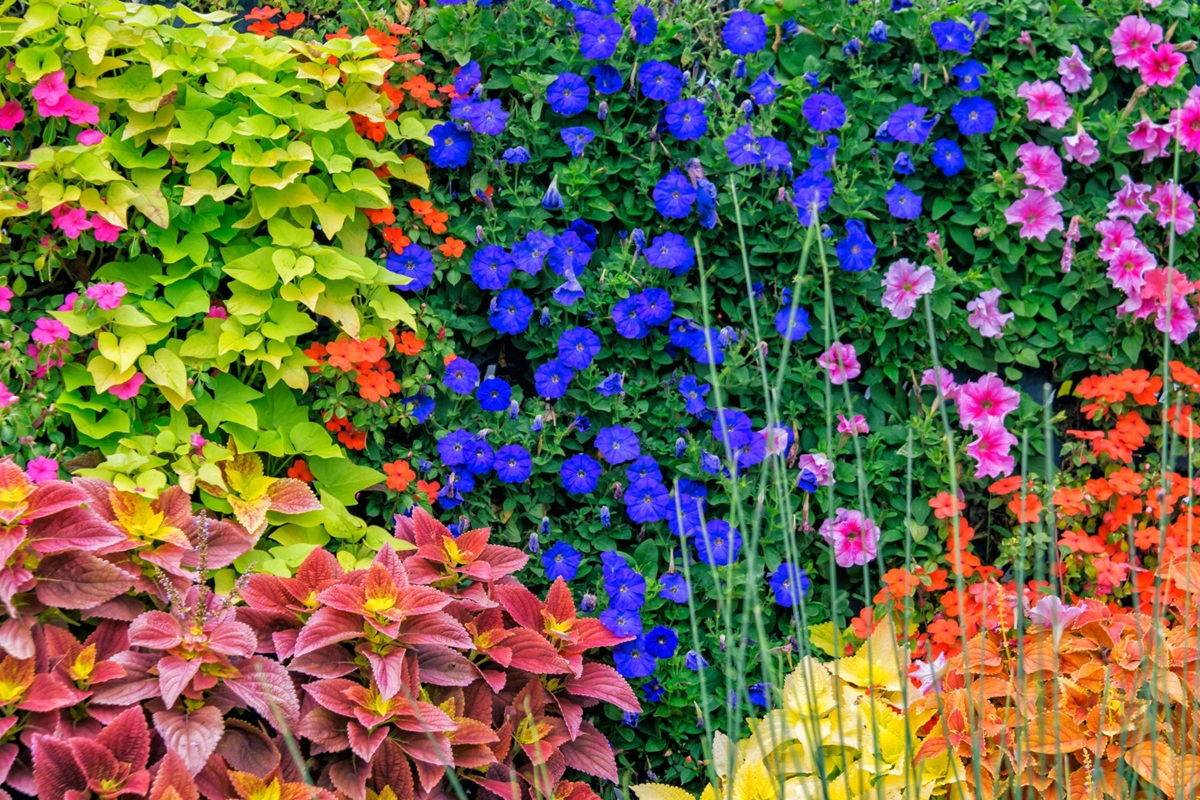Looking to beautify your garden and add some color? Iris flowers are undoubtedly the perfect choice! Easy to cultivate, elegant, and vibrant, they delight both beginner gardeners and seasoned enthusiasts. But wait, do you know exactly when to plant them for a successful bloom?
What is the best time to plant your irises?
The success of your irises largely depends on the timing of their planting. The ideal period to plant irises is from late spring to early fall, specifically between June and October.
Why these months? Because your irises will have ample time to develop a strong root system before the winter temperatures set in.
During summer, irises will enjoy optimal conditions, benefiting from both good sunlight and pleasant temperatures. The outcome? Gorgeous flowers blooming by the following spring or summer!
Which plants to associate with your irises in the garden?
Irises love sunlight. To prevent other plants from overshadowing them, it’s best to choose low or light vegetation.
Here are a few successful plant combinations:
- Pair them with California poppies, pink daisies, or muscari for a soft and country-like effect.
- If you prefer taller irises, consider hollyhocks or clematis for a combination that creates a visual contrast while showcasing each plant beautifully.
These combinations allow your irises to fully enjoy the sun while creating a harmonious floral display.
Cultivating irises in pots is possible and easy!
If you’re short on space in your garden or simply want to beautify a terrace or balcony, consider growing irises in pots. The main advantage? You can plant them almost year-round, except during freezing periods.
Opt for rhizome varieties that reach a height of 20 to 30 cm. To successfully grow them in pots:
- Choose a light and well-drained potting mix.
- Keep part of the rhizomes above the soil surface; they’ll appreciate it!
- Select a well-sunny location and water only when the potting mix is dry.
How to successfully plant irises directly in the ground?
For a lush and vibrant bloom, planting in the ground is often the preferred method among gardeners. Before planting your irises, begin by selecting a well-exposed location with well-drained soil. This way, water won’t pool around the roots!
Next, prepare your soil by loosening it and adding some compost if necessary. Install the rhizomes at a shallow depth, leaving them slightly exposed. Remember to space them 30 to 40 cm apart to give them ample room.
Regular but light watering, especially during the first few weeks, will help the roots establish well.
Planting irises from bulbs in pots: our practical tips
Did you know that some iris varieties can be grown from bulbs instead of traditional rhizomes? In this case, planting in pots has some essential differences:
- Choose a deep pot and prepare a mix of potting soil and sand to ensure good drainage.
- Key detail: plant your bulbs at a depth of about twice their height, spacing them around 5 cm apart.
- Place the pot in a sunny yet sheltered spot and water moderately.
With these few simple steps, your potted irises will flourish beautifully, adding lovely bursts of color to your outdoor spaces.
How did you decide to plant your irises: in the ground or in pots? Do you have any favorite varieties or preferred plant combinations? Share your experience or ask your questions in the comments below. We can’t wait to hear your thoughts!
I’m a disabled, xennial Christ-follower, slightly off kilter (but aren’t all “ar-teeests”?).
Hope you enjoy my rantings, don’t take my sarcasm too seriously and know that comments are welcome. 🙂


Leave a Reply